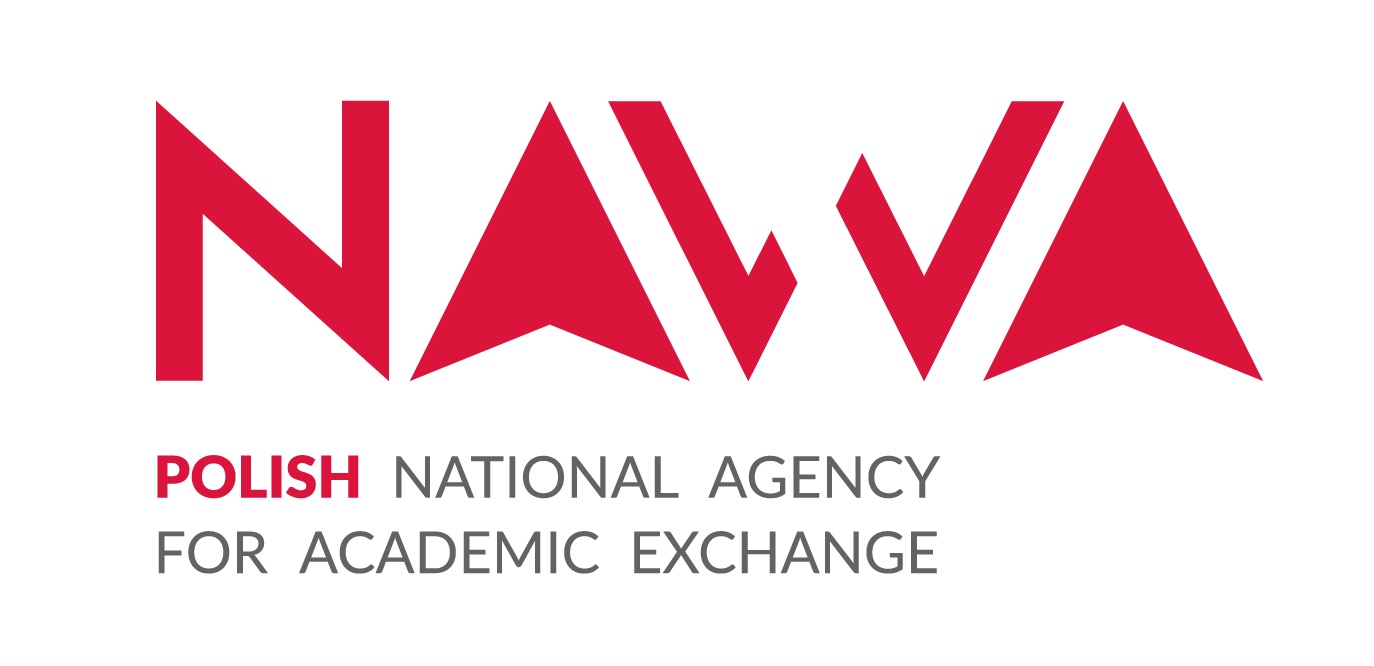SPOTLIGHT TALK – 05/04/2024
Warsaw Doctoral School in Natural and Biomedical Sciences and the Institute of High Pressure Physics PAS cordially invites you to a SPOTLIGHT TALK.
The talk is given by Prof. Markus Winterer (Nanoparticle Process Technology, Faculty of Engineering University of Duisburg-Essen, Lotharstr. 1, 47057 Duisburg, Germany).
5th April 2024, 12:30 pm
at the IHPP PAS New Technologies Building, Al. Prymasa Tysiąclecia 98 Duration: 60 min + more
Abstract
Heterogenous catalysis is probably the application of nanoscaled materials with the highest economic impact and instrumental in the solution of the energy and climate challenge. Oxides, especially complex oxides, are interesting functional materials for heterogenous catalysis. The property ‘catalytic activity’ is depending on certain particle characteristics (structural features such as primary particle size, fractal dimension, morphology, type and degree of agglomeration) which are directly measurable without additional processing steps.
In this presentation we will show how chemical vapor synthesis (CVS) can be used to generate nanocrystalline oxide particles including complex oxides and how we can control and determine the particle characteristics relevant for heterogenous catalysis [1]. Photocatalytic water splitting using TiO2 and Ga2O3 [2] and thermal oxidation of organic molecules by spinels and perovskites [3, 4] are used as examples.












